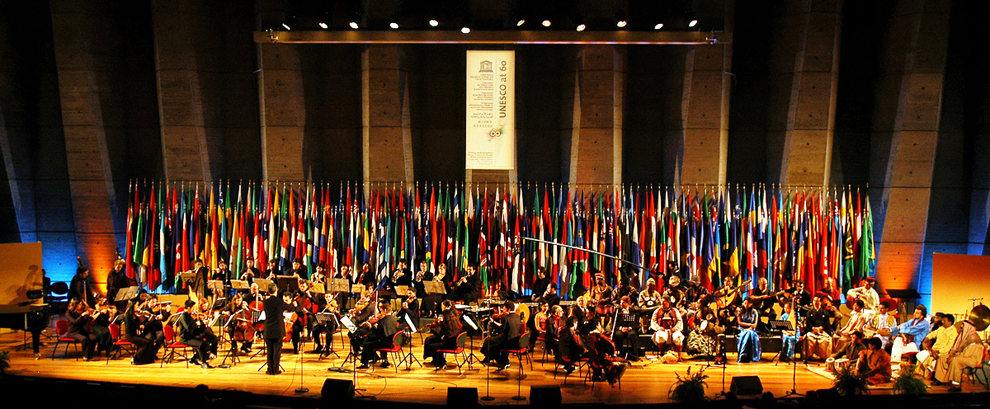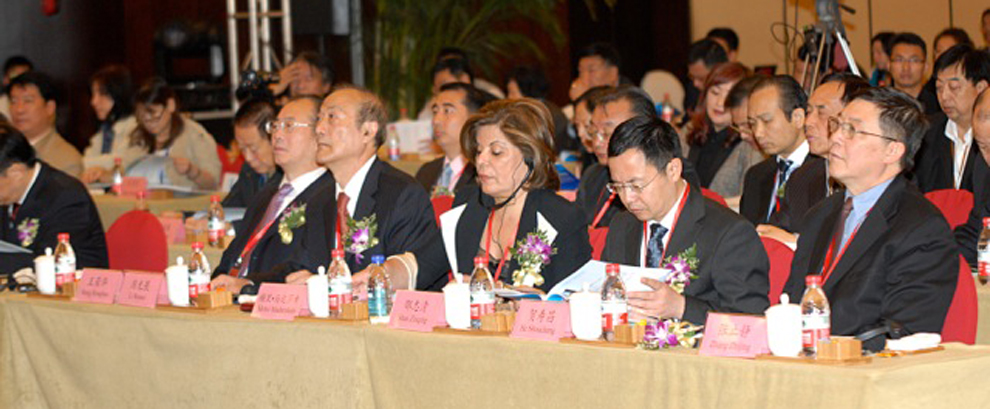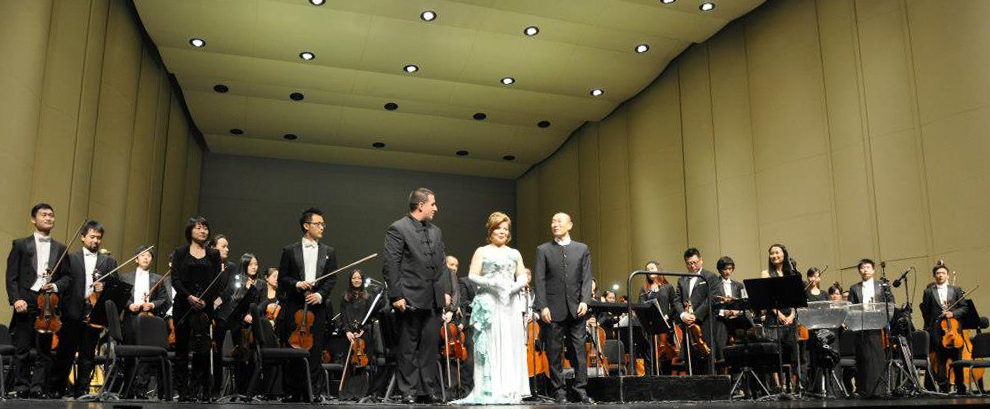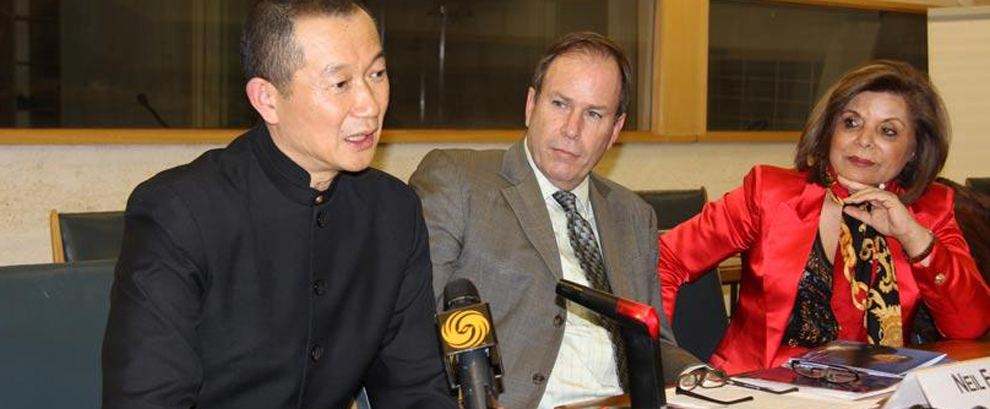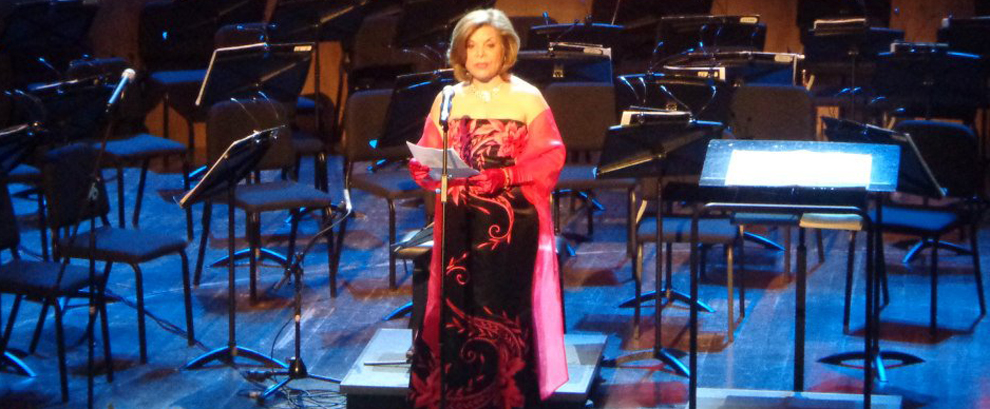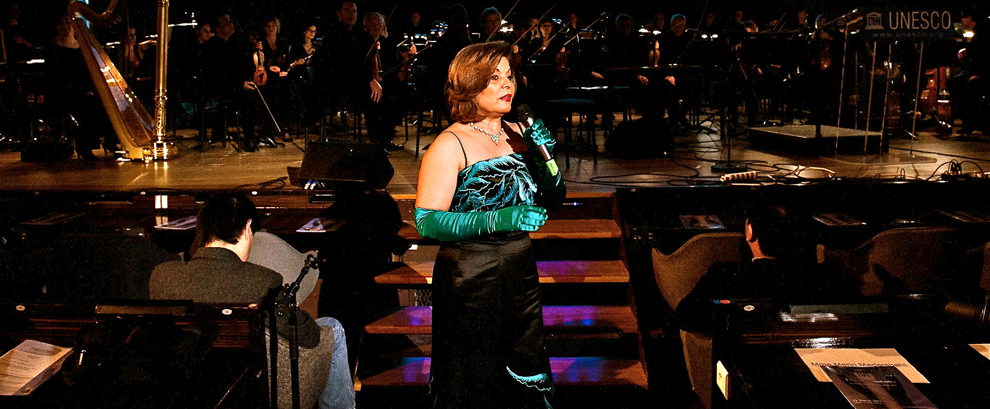Dam is threat to Iran’s heritage
Unesco appeals for help as ancient sites face being flooded
By John Vidal – The Guardian
Thursday December 23, 2004
More than 100 of Iran’s potentially most important but least examined archaeological sites, including fringes of Pasargadae, the city built by King Cyrus the Great, will be flooded in the next two years according to the UN, which appealed yesterday to international scientists to try to record what they can.
The flooding of the eight-mile Tang-e-Bolaghi gorge because of the construction of a dam will destroy ancient Persia’s imperial road which ran from Persepolis to Pasargadae.
The Sivand dam has been planned for 10 years as part of a project to provide irrigation water for farmers in the parched south of the country.
But the speed of its construction and the scale of what will be lost have surprised scientists and the UN.
Iranian archaeologists have pinpointed 129 sites of interest in the gorge, ranging from prehistoric finds to remains of the Qajar monarchy which fell in 1925.
Stretches of the cobbled road have already been unearthed but caves, ancient paths, burial mounds, canals and other sites which have never been excavated will also be lost. There are also legends of a long underground “king’s passage”.
Unesco said yesterday it was hopeful that the world heritage site of Pasargadae, Cyrus’s capital city, renowned for its palaces, gardens and the tomb of the founder of the Achaemenid dynasty, would be only marginally affected.
The city, which was included in Unesco’s world heritage site list last year, is less than three miles from the end of the gorge. It was built on the site where Cyrus defeated
Astyages, the leader of the Medes, in 550BC. It has added importance today because it is believed to be the capital of the first Asian empire which respected the cultural diversity of its people.
“We understand that only the buffer zone will be affected by the flooding. There is no immediate physical risk but the site’s potential [heritage] value will be shrouded in mystery for ever”, said Junko Taniguchi, a Unesco officer in Tehran.
Unesco and Iran have called on international archaeologists to go to the sites and eight teams of Iranian, French, German, Italian, Japanese, Polish and others are expected to arrive next month. “But they will only be able to do initial research. It is unfortunate but the work is very urgent,” said Ms Taniguchi. Mohammad Hassan Talebian, the Iranian director of the group conducting the “rescue archaeology”, said the sites held a wealth of information on Iran’s past.
“One clearly sees the unspoken thoughts of past peoples in Tang-e Bolaghi. We are not in a position to say ‘don’t do that project’, but we can delay the construction process,” he said. The dam’s opening was planned for next March but the Iranian energy ministry has delayed it to early 2006 to give the archaeologists more time to examine the sites.
Masoud Azarnoush, director of archaeological research at the Iranian Cultural Heritage Organisation in Tehran, was stoical about the flooding of the valley. “We are losing irreplaceable human heritage here but we have to take into account the fate of the country and people as well,” he said.
[END}


